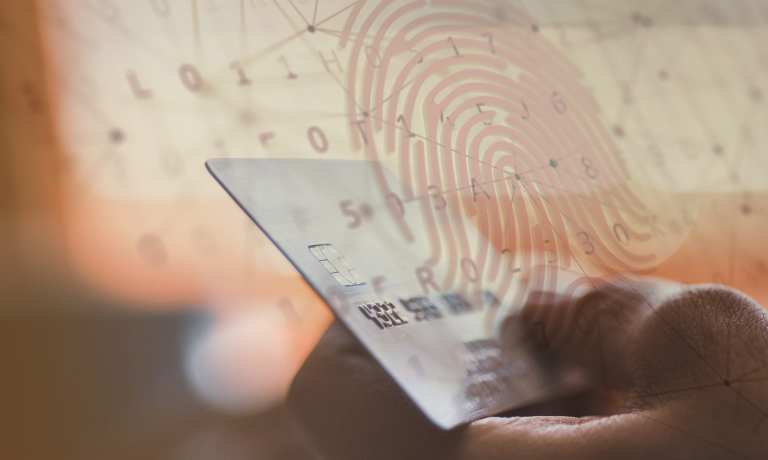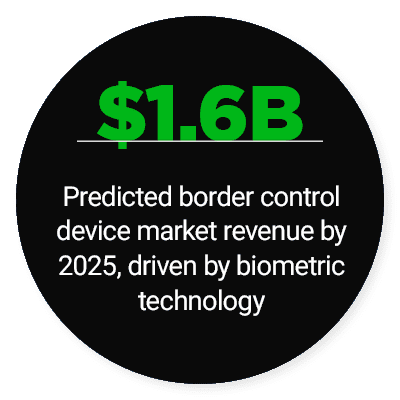
 Digital identity solutions are becoming more and more commonplace, especially as consumers grow increasingly aware of the weaknesses of authentication methods like passwords. A recent study found 32 percent of security incidents in 2019 involved phishing and 29 percent involved stolen credentials, both of which would have been much more difficult had secure digital ID systems been in place.
Digital identity solutions are becoming more and more commonplace, especially as consumers grow increasingly aware of the weaknesses of authentication methods like passwords. A recent study found 32 percent of security incidents in 2019 involved phishing and 29 percent involved stolen credentials, both of which would have been much more difficult had secure digital ID systems been in place.
Businesses and organizations are already taking steps to close this security gap. Approximately 90 percent of mid-size organizations and 60 percent of large companies are expected to begin phasing out passwords by 2022, instead turning to digital ID solutions such as two-factor authentication or biometrics.
In the March Digital Identity Tracker®, PYMNTS explores the latest developments in the world of digital IDs, including the rise of biometrics in the border control sector, challenges to digital ID posed by the new coronavirus outbreak and a new credit card-mounted fingerprint reader from NatWest.
 Developments From Around The World Of Digital ID
Developments From Around The World Of Digital ID
The border control market is one of the most affected by the growing popularity of digital ID solutions, particularly biometrics. This market is expected to be valued at $3.5 billion by 2025, with $1.6 billion of this total driven by biometric solutions. Agencies in the United States and European Union are both leveraging biometric tools such as fingerprint and facial scanners in their day-to-day business, with agencies finding that this technology reduces processing time and improves identity management and passenger flow.
Banks are also deploying digital ID solutions to great success. One of the most recent entrants in the industry is Africa’s largest lender by assets, South Africa-based Standard Bank, which recently installed a new biometric security system called DigiMe. The platform leverages facial recognition biometrics to verify mobile banking app users, cross-referencing their identities with selfies, passports and other physical ID documents.
In China, meanwhile, the ongoing spread of COVID-19 has presented a new challenge to the country’s extensive facial recognition surveillance network, as many individuals wear facemasks to contain the spread of the virus. Hong Kong-based developer SenseTime recently launched a new system that can identify these individuals via thermal imaging, identifying them based solely on their foreheads. The Chinese government said that it is using this technology to identify citizens who have violat ed quarantine.
ed quarantine.
For more on these and other digital identity news items, download this month’s Tracker.
NatWest Launches Card-Mounted Fingerprint Readers For Contactless Authentication
Biometric verification has become commonplace for contactless payments, but is far from universal. NatWest is closing this biometric gap with a new miniaturized fingerprint reader mounted directly on the payment card, but the new technology has come with its share of challenges. For this month’s Feature Story, PYMNTS spoke with NatWest’s head of effortless payments David Crawford about how the bank had to overcome miniaturization obstacles and fraud concerns when developing its biometric card.
 Deep Dive: Digital Driver’s Licenses Are Turning A Corner In The U.S.
Deep Dive: Digital Driver’s Licenses Are Turning A Corner In The U.S.
Many countries around the world are issuing universal digital ID solutions for their citizens. But the U.S. has had trouble catching up, as it lacks any sort of federal issuing agency. Instead, several states including Colorado and Louisiana are turning to digital driver’s licenses (DDLs), although lingering questions regarding interactions with law enforcement are preventing most of the country from joining the trend. This month’s Deep Dive explores the security and privacy advantages that DDLs bring, as well as the legal challenges that will need to be solved before DDLs go nationwide.
About the Tracker
The Digital Identity Tracker®, done in collaboration with Jumio, is the go-to monthly resource for updates on trends and changes in the digital ID industry.